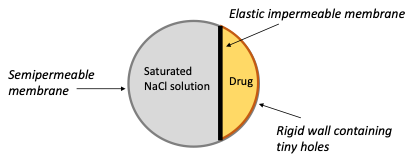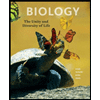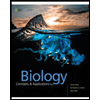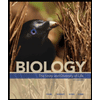Time-release” drugs work by releasing a drug to the body at a constant rate such that the drug concentration at one time is not large enough as to cause harmful side effects OR not low enough to the point where it is an ineffective therapeutic. A design schematic of a time-release pill is shown below. Explain how it works from an osmotic pressure standpoint.
Time-release” drugs work by releasing a drug to the body at a constant rate such that the drug concentration at one time is not large enough as to cause harmful side effects OR not low enough to the point where it is an ineffective therapeutic. A design schematic of a time-release pill is shown below. Explain how it works from an osmotic pressure standpoint.
Chapter3: Cells
Section: Chapter Questions
Problem 2RQ
Related questions
Question
- Time-release” drugs work by releasing a drug to the body at a constant rate such that the drug concentration at one time is not large enough as to cause harmful side effects OR not low enough to the point where it is an ineffective therapeutic. A design schematic of a time-release pill is shown below. Explain how it works from an osmotic pressure standpoint.

Transcribed Image Text:Elastic impermeable membrane
Saturated
Semipermeable
membrane
Nacl solution
Drug
Rigid wall containing
tiny holes
Expert Solution
This question has been solved!
Explore an expertly crafted, step-by-step solution for a thorough understanding of key concepts.
This is a popular solution!
Trending now
This is a popular solution!
Step by step
Solved in 2 steps

Knowledge Booster
Learn more about
Need a deep-dive on the concept behind this application? Look no further. Learn more about this topic, biology and related others by exploring similar questions and additional content below.Recommended textbooks for you


Biology: The Unity and Diversity of Life (MindTap…
Biology
ISBN:
9781305073951
Author:
Cecie Starr, Ralph Taggart, Christine Evers, Lisa Starr
Publisher:
Cengage Learning

Human Heredity: Principles and Issues (MindTap Co…
Biology
ISBN:
9781305251052
Author:
Michael Cummings
Publisher:
Cengage Learning


Biology: The Unity and Diversity of Life (MindTap…
Biology
ISBN:
9781305073951
Author:
Cecie Starr, Ralph Taggart, Christine Evers, Lisa Starr
Publisher:
Cengage Learning

Human Heredity: Principles and Issues (MindTap Co…
Biology
ISBN:
9781305251052
Author:
Michael Cummings
Publisher:
Cengage Learning


Biology: The Unity and Diversity of Life (MindTap…
Biology
ISBN:
9781337408332
Author:
Cecie Starr, Ralph Taggart, Christine Evers, Lisa Starr
Publisher:
Cengage Learning
